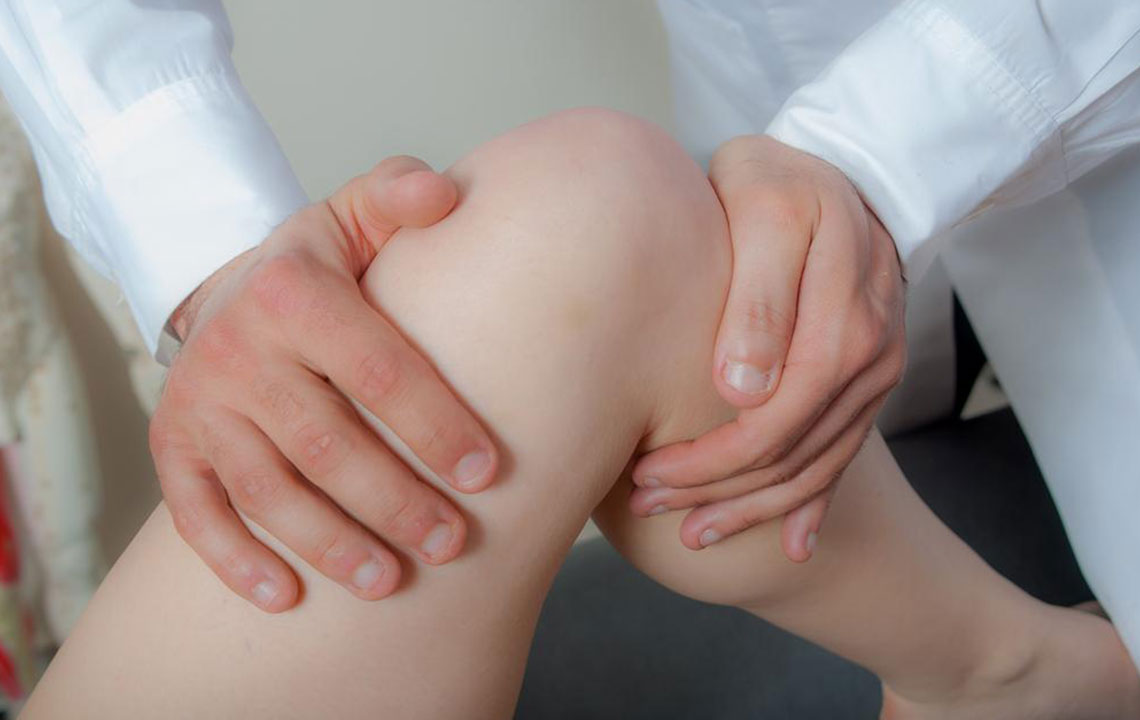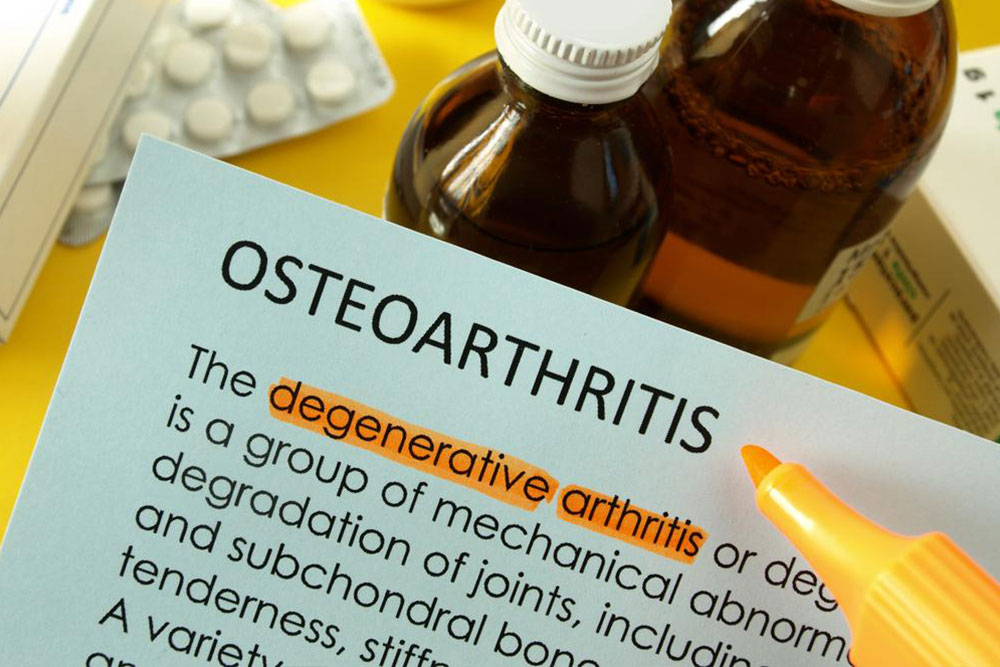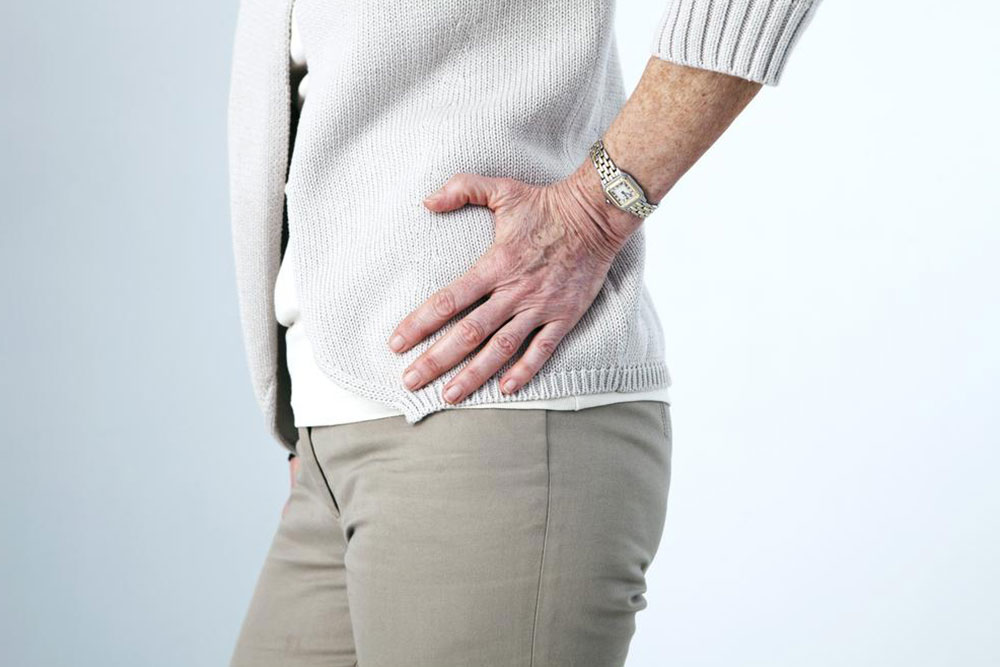Comprehensive Guide to Managing Knee Osteoarthritis Effectively
This detailed guide explores effective strategies for managing knee osteoarthritis, including diagnosis, lifestyle changes, medical treatments, supportive devices, and surgical options. Aimed at improving quality of life, the article emphasizes early diagnosis and a multidisciplinary approach to treatment, helping individuals reduce pain and maintain mobility. Practical tips and comprehensive options make it an essential resource for those affected by this degenerative joint disease, promoting better management and long-term joint health.

Comprehensive Guide to Managing Knee Osteoarthritis Effectively
Knee osteoarthritis is a common condition that affects millions worldwide, impacting mobility and quality of life. Although aging remains a primary risk factor, this degenerative joint disease can develop at any age, especially among those with genetic predispositions or lifestyle factors. The disease involves the deterioration of cartilage—the cushioning tissue between the bones in your knee joint. As cartilage wears down, bones start to rub against each other, leading to pain, inflammation, stiffness, and swelling. Over time, this can result in significant disability and deformity if not properly managed. Recognizing early symptoms and adopting effective management strategies are crucial to maintaining joint function and overall well-being.
In this comprehensive guide, we explore the methods for diagnosing knee osteoarthritis, available treatment options—including lifestyle changes, medications, injections, supportive devices, physical therapy, and surgical procedures—and tips for living well with this chronic condition. By understanding these strategies, individuals can significantly improve their quality of life and delay disease progression.
Understanding How Knee Osteoarthritis Is Diagnosed
Accurate diagnosis of knee osteoarthritis begins with a detailed clinical assessment by a healthcare professional. The physician will evaluate your medical history, paying attention to symptoms such as persistent pain, stiffness, swelling, crepitus (a crackling sensation), and difficulty moving the joint. They will ask about factors that worsen or relieve symptoms, previous injuries, activity levels, and family history of arthritis or other joint conditions. Physical examination focuses on checking joint tenderness, swelling, range of motion, and stability.
To confirm the diagnosis and assess the extent of joint damage, imaging tests are essential. X-rays are the standard imaging modality, revealing joint space narrowing, bone spurs (osteophytes), and subchondral sclerosis (bone hardening beneath cartilage). Advanced imaging techniques like Magnetic Resonance Imaging (MRI) provide detailed visualization of soft tissues, including cartilage, menisci, and ligaments, and help identify any concurrent injuries. Blood tests may be performed to rule out other disorders such as rheumatoid arthritis or gout, which have similar symptoms but require different management approaches.
Key Treatment Options for Knee Osteoarthritis
The primary aim of managing knee osteoarthritis is to reduce pain, inflammation, and stiffness, while restoring joint function and mobility. A multidisciplinary approach combining lifestyle modifications, medical treatments, and sometimes surgical interventions ensures the best outcomes.
Here’s a detailed review of the most effective strategies:
Weight Management: Excess weight places additional stress on knee joints, accelerating cartilage wear. Even modest weight loss—around 5-10% of body weight—can markedly decrease joint load, reduce pain, and improve function. A combination of dietary changes and regular exercise is key to achieving and maintaining a healthy weight.
Exercise and Physical Activity: Regular low-impact exercises, such as swimming, cycling, and walking, strengthen the muscles supporting the knee, enhancing joint stability. Flexibility exercises help preserve range of motion and reduce stiffness. A tailored physical therapy program designed by a specialist can optimize joint health and prevent further degeneration.
Medications: Over-the-counter pain relievers like acetaminophen, non-steroidal anti-inflammatory drugs (NSAIDs) such as ibuprofen and naproxen, are commonly used to alleviate pain. These should be used judiciously to minimize side effects, especially with prolonged use. For more severe symptoms, physicians may prescribe stronger anti-inflammatory medications or topical creams containing capsaicin, which temporarily desensitize pain receptors.
Injectable Treatments: Corticosteroid injections provide rapid relief from inflammation and pain in the affected knee. Hyaluronic acid injections, which supplement the joint's natural lubricating fluid, can improve mobility and reduce discomfort in some patients. Repeated injections should be administered under medical supervision to avoid potential adverse effects.
Alternative and Complementary Therapies: Some patients benefit from acupuncture, which may reduce pain and improve function. Dietary supplements like glucosamine and chondroitin sulfate are popular, though scientific evidence varies regarding their efficacy. Topical capsaicin creams and dietary modifications, including anti-inflammatory diets rich in omega-3 fatty acids, may serve as adjunct therapies.
Support Devices: Various orthotic devices can alleviate joint stress. Knee braces, including unloader braces, help control malalignment and reduce pain during activity. Shoe inserts and orthotics improve gait and distribute weight more evenly across the joint, decreasing load on painful areas.
Physical and Occupational Therapy: Customized physical therapy programs focus on strengthening the quadriceps, hamstrings, and calf muscles, which support the knee joint. Occupational therapy provides practical strategies to modify daily activities, making them less painful and more manageable.
Surgical Interventions: When conservative treatments fail, surgical options become necessary. Procedures include:
Surgical Options for Knee Osteoarthritis
Osteotomy: This procedure involves cutting and realigning the bones to offload stress from the damaged cartilage areas. It is particularly useful in younger, active patients with localized joint degeneration or malalignment resulting from previous injuries. While osteotomy can provide symptom relief and delay the need for joint replacement, it is not always a permanent solution and may require revision surgeries later.
Partial or Total Knee Replacement (Arthroplasty): In advanced cases where cartilage loss is severe, joint replacement becomes the most effective option. The damaged parts of the knee are removed and replaced with artificial prostheses made from durable materials. This surgery is especially suitable for older patients with significant pain and functional limitations. Recovery typically involves physical therapy to regain strength and mobility.
Arthroscopy: A minimally invasive procedure that uses a small camera (arthroscope) to visualize and repair damaged joint structures, such as meniscal tears or loose bodies. Arthroscopy is generally reserved for younger patients with localized issues and less advanced osteoarthritis.
Proper management of knee osteoarthritis requires a comprehensive approach that combines early diagnosis, lifestyle modifications, medical treatments, and surgical options when necessary. Staying active, maintaining a healthy weight, and collaborating closely with healthcare providers are vital for managing symptoms and preserving joint health. With these strategies, many individuals can continue to enjoy active, pain-free lives despite their condition.





